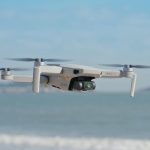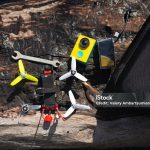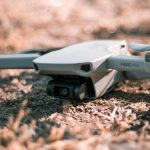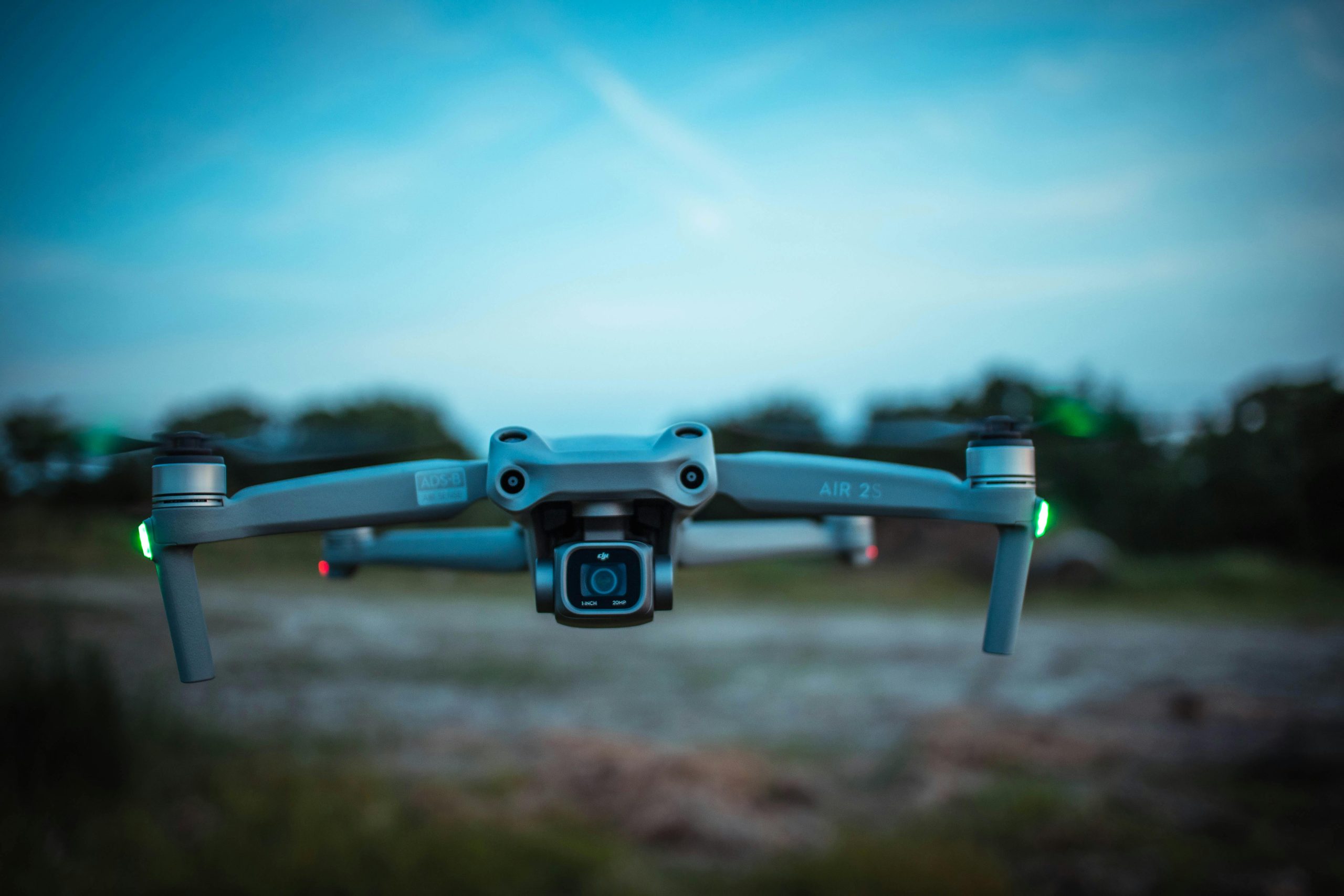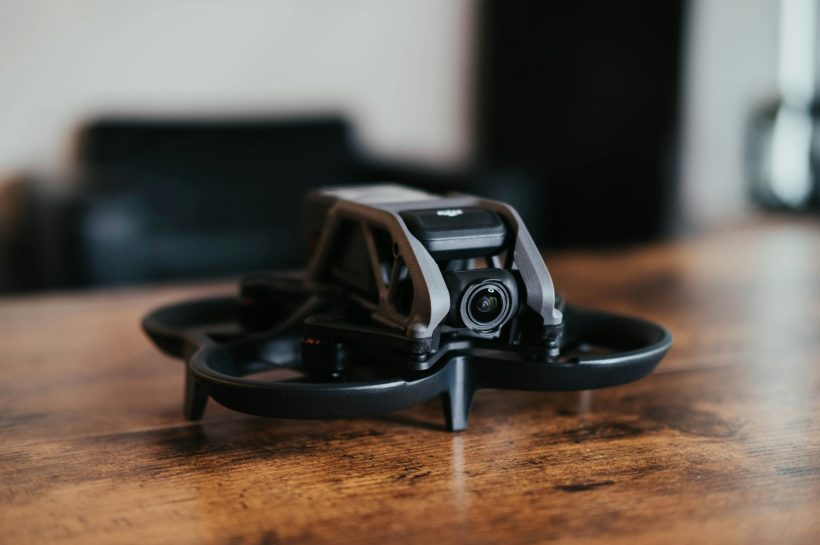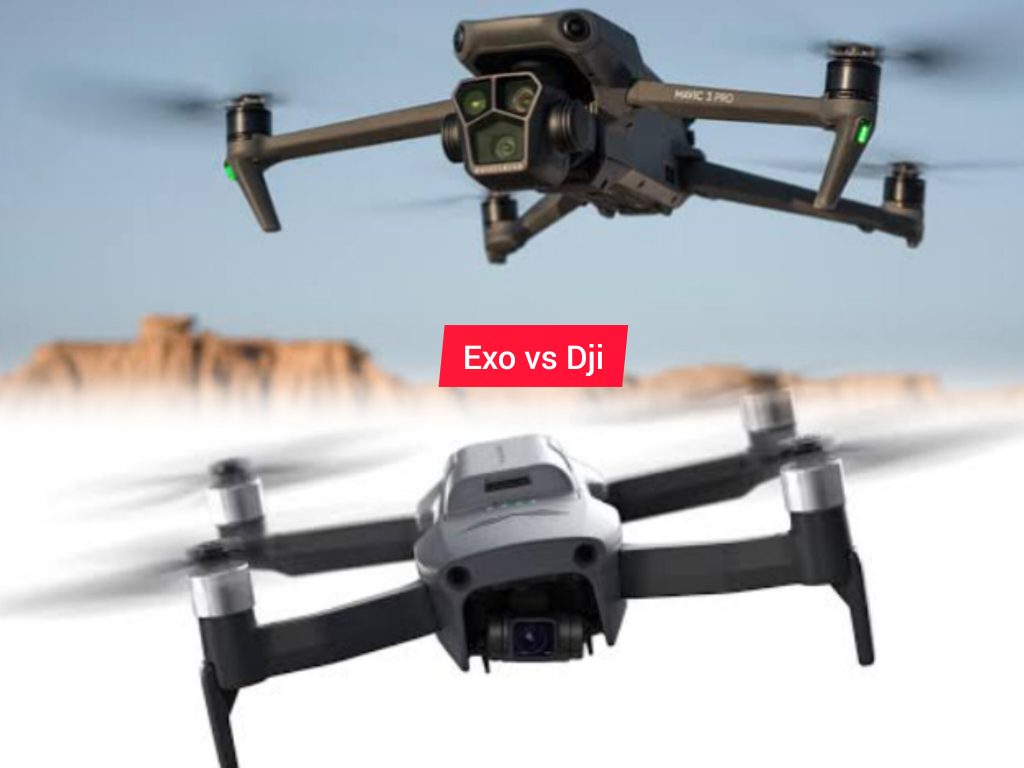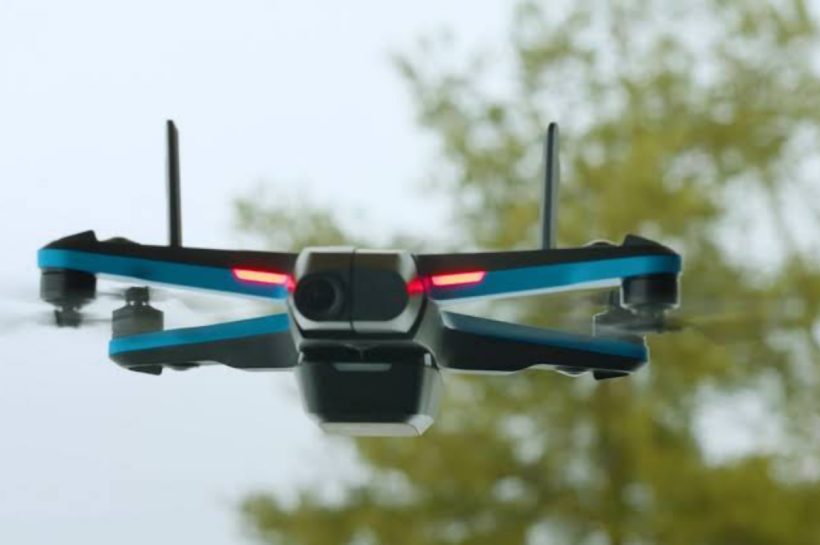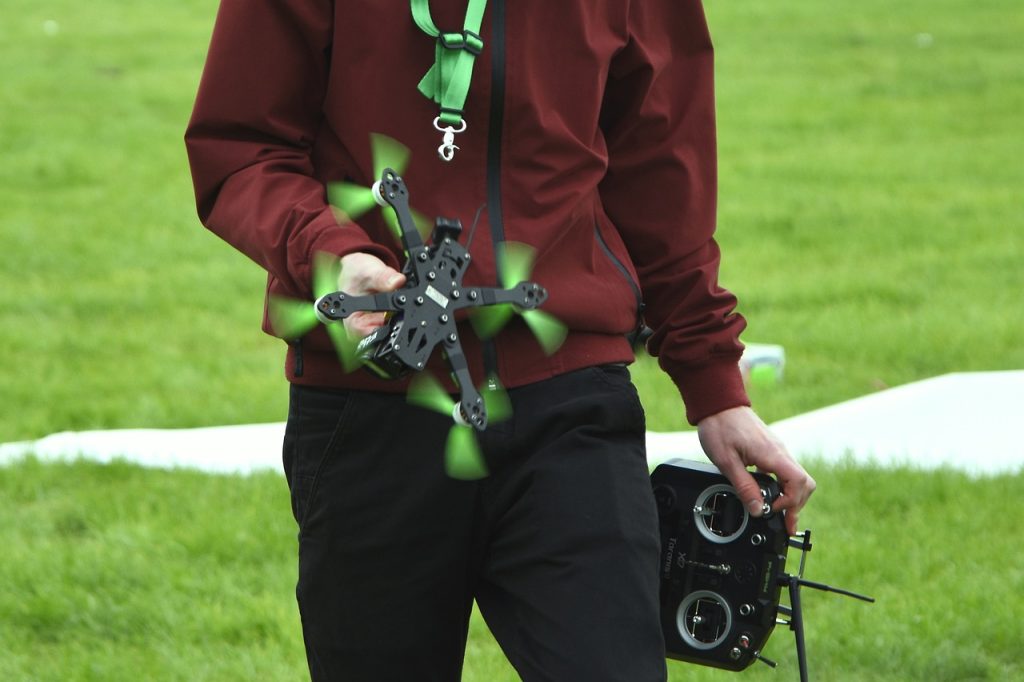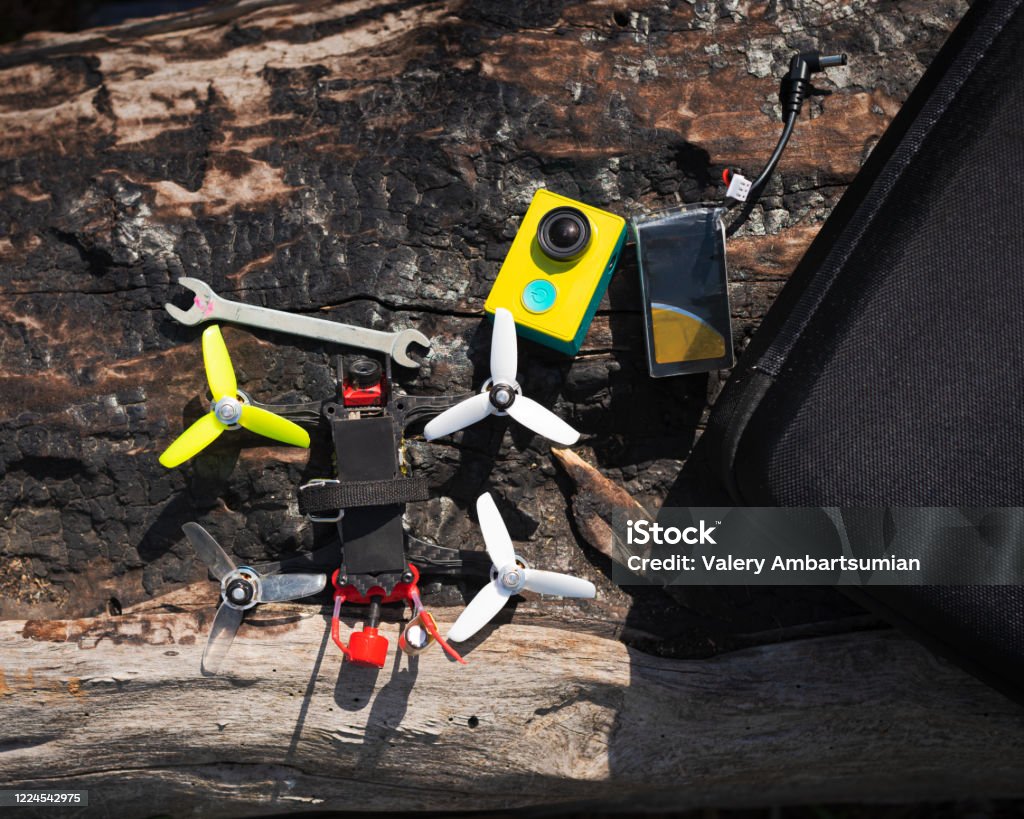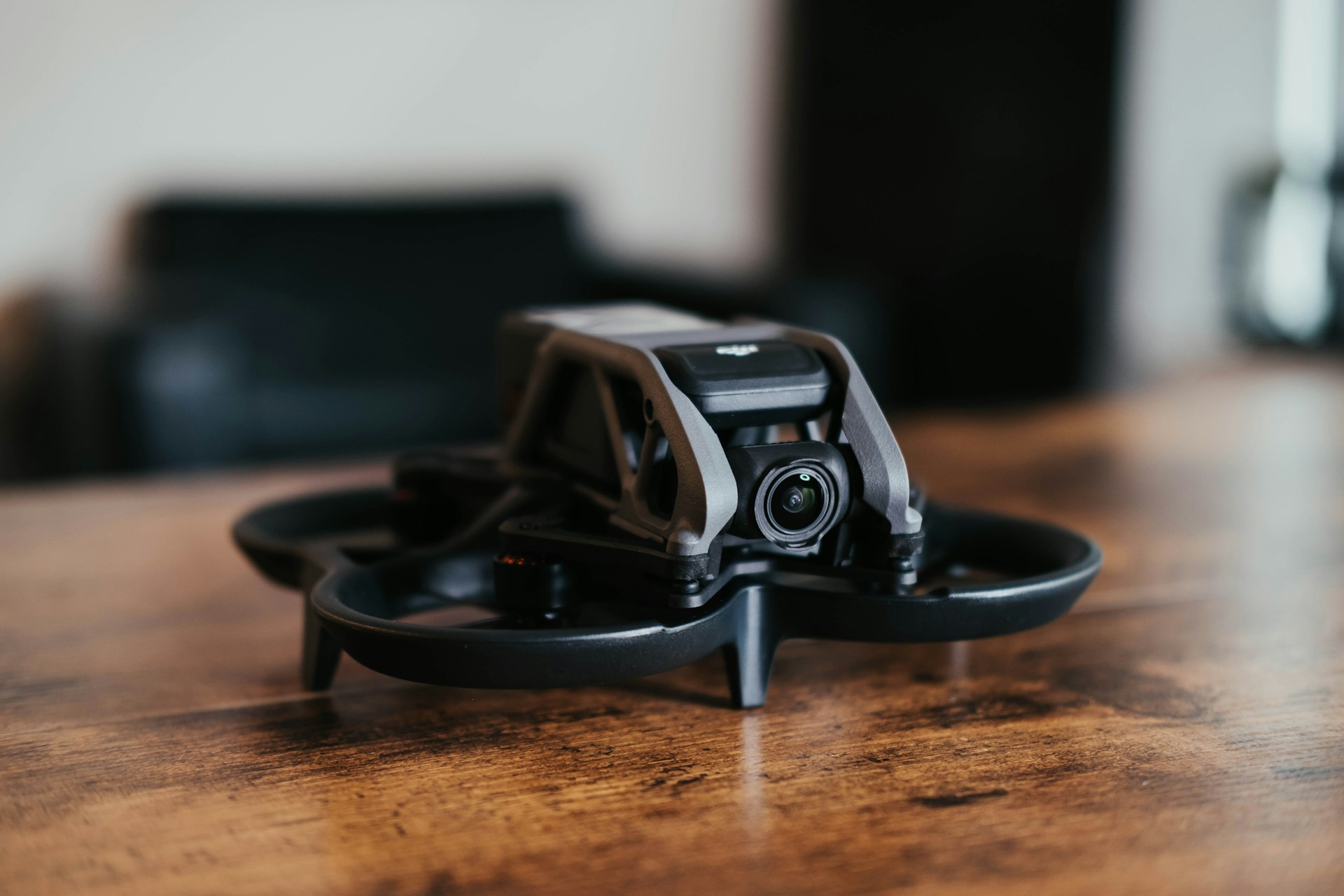Looking for the Cheapest DJI Drone with a Thermal Camera? Here’s What You Need to Know
Dreaming of owning a DJI drone equipped with a thermal camera, but worried about the price tag? You’re not alone. Thermal imaging technology adds a powerful dimension to drone use, but it can be a significant investment.
This guide dives into the world of affordable DJI thermal drones. We’ll explore the current options, highlight key considerations for budget-minded buyers, and offer alternative solutions if a brand new DJI drone isn’t quite in reach.
By the end, you’ll be well-equipped to make an informed decision about the cheapest DJI drone with a thermal camera that meets your needs and budget.
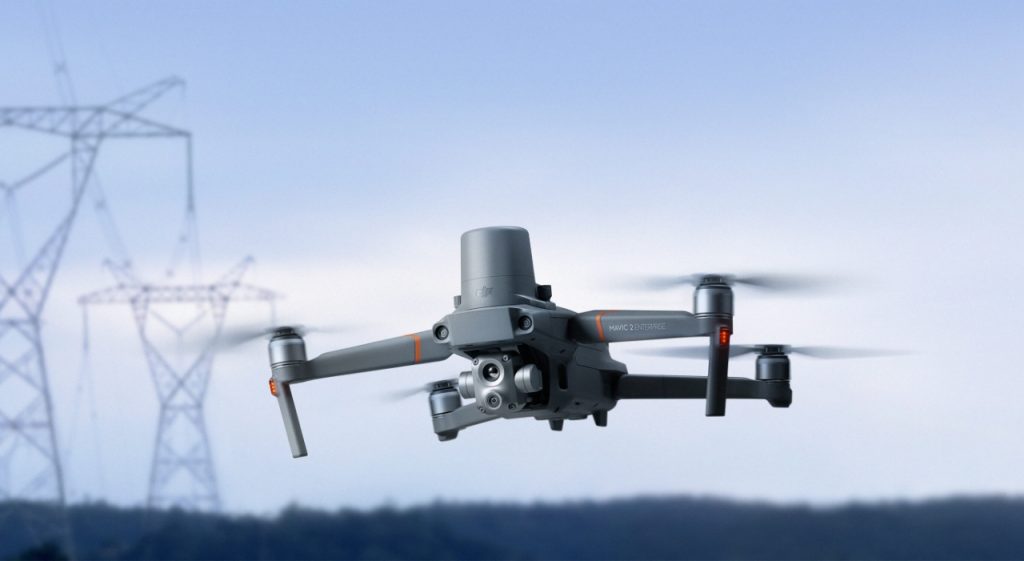
Overview of DJI’s Thermal Camera Drones
DJI offers a range of drones equipped with thermal cameras, each designed to meet different professional needs and budget constraints. These drones are known for their reliability, advanced technology, and user-friendly features, making them popular choices in various industries.
Introduction to DJI’s Product Lineup Featuring Thermal Cameras
DJI’s thermal camera drones are primarily part of their Enterprise series, designed for professional and industrial applications. The most notable models include:
1.DJI Mavic 2 Enterprise Dual: A compact, foldable drone that combines a standard RGB camera with a FLIR thermal sensor, making it suitable for quick deployment and versatile use.
2. DJI Matrice 300 RTK: robust industrial platform that supports multiple payload configurations, including high-resolution thermal cameras like the Zenmuse H20T.
3. DJI Matrice 200 Series: Another versatile platform that supports various payloads, including the Zenmuse XT2 thermal camera, designed for rigorous industrial tasks.
Key Features to Consider When Choosing a Thermal Camera Drone
When evaluating DJI’s thermal camera drones, consider the following key features to determine the best fit for your needs:
1. Thermal Resolution: The clarity and detail of thermal images depend on the resolution of the thermal sensor. Higher resolution provides better image quality, which is crucial for detailed inspections and precise analysis.
2. Camera Integration: Some drones come with integrated thermal cameras, while others require separate payloads. Integrated systems are generally more compact and easier to use, whereas modular systems offer greater flexibility and upgrade potential.
3. Flight Performance: Battery life, maximum flight speed, and stability in adverse weather conditions are essential factors. Longer flight times allow for more extensive surveys without the need for frequent recharges.
4. Data Processing and Software: The ability to process and analyze thermal data is critical. DJI provides software solutions like DJI Pilot and DJI Terra, which offer advanced data processing, mapping, and reporting capabilities.
5. Additional Features: Consider features such as obstacle avoidance, GPS accuracy, and modular accessories (e.g., spotlight, speaker, beacon) that can enhance the drone’s functionality for specific applications.
The Cheapest DJI Drone with a Thermal Camera
Among DJI’s lineup of thermal camera drones, the DJI Mavic 2 Enterprise Dual is recognized as the most affordable option. This section explores the features, capabilities, and overall value of this model, providing a comprehensive understanding of why it stands out in terms of cost-effectiveness.
Identification of the Specific Model: DJI Mavic 2 Enterprise Dual
Introduction to the Mavic 2 Enterprise Dual: The Mavic 2 Enterprise Dual is a versatile drone that combines a high-resolution RGB camera with a FLIR thermal sensor. It is specifically designed for professional applications that require thermal imaging capabilities, such as inspections, emergency response, and environmental monitoring.
Brief History and Development**: Launched in late 2018, the Mavic 2 Enterprise Dual was developed as an enhancement to the popular Mavic 2 series. DJI partnered with FLIR Systems, a leader in thermal imaging technology, to integrate the FLIR Lepton thermal micro-camera, making it accessible for professionals who need thermal imaging without the high cost typically associated with such technology.
Key Features of the Mavic 2 Enterprise Dual
1. Thermal and Visual Camera Specifications:
Thermal Camera: The FLIR Lepton thermal sensor offers a resolution of 160×120 pixels, providing clear thermal imaging for a variety of applications. It supports multiple display modes, including FLIR MSX, which overlays thermal and visual images for enhanced detail.
Visual Camera: The drone features a 12-megapixel RGB camera capable of capturing 4K video. This dual-imaging capability allows users to capture both standard and thermal imagery simultaneously.
2. Flight Performance and Capabilities:
Flight Time: The Mavic 2 Enterprise Dual boasts a maximum flight time of up to 31 minutes, allowing for extended missions without frequent battery changes.
Speed and Range: It can reach speeds of up to 72 kph (45 mph) and has a transmission range of up to 8 kilometers (approximately 5 miles) with OcuSync 2.0 technology, ensuring reliable communication and control over long distances.
Portability: Its compact, foldable design makes it easy to transport, making it ideal for field operations and quick deployments.
3. Additional Features:
Modular Accessories: The Mavic 2 Enterprise Dual supports several modular accessories, including a spotlight, loudspeaker, and beacon. These accessories enhance its functionality for specific tasks, such as search and rescue or inspection in low-light conditions.
Data Security: The drone includes advanced data encryption and password protection features to ensure the security of sensitive information captured during missions.
Intelligent Flight Modes: Equipped with various intelligent flight modes such as Waypoint, Point of Interest, and ActiveTrack, the drone can perform complex automated missions with ease.
Cost Analysis
1. Price Comparison with Other DJI Thermal Camera Drones: The Mavic 2 Enterprise Dual is significantly more affordable than other DJI thermal drones, such as the Matrice series equipped with the Zenmuse XT2 or H20T cameras, which can cost several times more.
2. In-depth Look at Cost-effectiveness:
Initial Investment: The Mavic 2 Enterprise Dual’s price point makes it accessible for smaller businesses and individual professionals who need reliable thermal imaging capabilities without a substantial upfront investment.
Operational Costs: With its long battery life, durable design, and minimal maintenance requirements, the Mavic 2 Enterprise Dual offers low operational costs, enhancing its overall value.
3. Potential Additional Costs:
Accessories: While the base model is cost-effective, additional expenses may include modular accessories, extra batteries, and specialized software for data analysis.
Training and Certification: Depending on the user’s experience, investing in training and certification may be necessary to ensure safe and effective operation.
The Mavic 2 Enterprise Dual’s combination of affordability, advanced features, and practical applications make it the standout choice for those seeking the cheapest DJI drone with a thermal camera. In the next section, we will explore the practical applications and real-world use cases that highlight its versatility and utility.
Use Cases for the Mavic 2 Enterprise Dual
The DJI Mavic 2 Enterprise Dual’s blend of affordability, advanced features, and versatility makes it suitable for a wide range of professional applications. This section delves into practical use cases across various industries, illustrating the drone’s real-world impact and effectiveness.
Practical Applications in Different Industries
1. Public Safety and Search and Rescue
Emergency Response: The Mavic 2 Enterprise Dual is an invaluable tool for first responders during emergency situations. Its thermal camera can quickly locate missing persons or survivors in challenging environments, such as dense forests, disaster zones, or at night.
Firefighting: Fire departments use the drone to identify hot spots in burning buildings, monitor the spread of wildfires, and plan firefighting strategies. The thermal imaging capabilities provide critical information that helps firefighters make informed decisions and improve safety.
2. Infrastructure and Utility Inspections
Power Line and Electrical Inspections: Utility companies deploy the Mavic 2 Enterprise Dual to inspect power lines, transformers, and electrical substations. The thermal camera detects overheating components and potential faults, allowing for preventative maintenance and reducing the risk of outages.
Building Inspections: The drone is used to examine roofs, facades, and other structures for insulation issues, leaks, and structural damage. The thermal imaging capabilities make it easy to spot temperature anomalies that indicate problems not visible to the naked eye.
3. Agriculture and Environmental Monitoring
Crop Health Monitoring: Farmers use the Mavic 2 Enterprise Dual to monitor the health of their crops. The thermal camera can identify areas of stress caused by pests, disease, or insufficient irrigation. This information enables targeted interventions, improving crop yields and resource efficiency.
Environmental Surveys: Environmental scientists utilize the drone for wildlife monitoring, habitat mapping, and assessing the health of natural ecosystems. The thermal imaging technology helps detect animals and monitor environmental changes over time.
Real-world Examples and Case Studies
1.Urban Search and Rescue: In a case study from a major metropolitan area, the Mavic 2 Enterprise Dual was used to locate a missing hiker in a dense forest at night. The thermal camera quickly detected the hiker’s heat signature, leading to a successful rescue operation within hours.
2. Industrial Inspection: A utility company deployed the Mavic 2 Enterprise Dual to inspect a network of power lines after a severe storm. The drone identified several damaged insulators and hotspots, allowing repair crews to address issues promptly and restore power to affected areas faster.
3. Agricultural Efficiency: A large farm implemented the Mavic 2 Enterprise Dual to monitor irrigation efficiency. By detecting dry patches in the fields, the farm optimized its irrigation system, resulting in a 20% increase in crop yield and a significant reduction in water usage.
The versatility and effectiveness of the Mavic 2 Enterprise Dual in these diverse applications demonstrate its value across different industries. By providing critical thermal imaging capabilities at an affordable price, it empowers professionals to perform their tasks more efficiently and accurately. In the following section, we will compare the Mavic 2 Enterprise Dual with alternative and competing products to further highlight its advantages.
Important Considerations Before Buying
Before diving headfirst into purcEnterprise
JI Mavic 2 Enterprise, it’s crucial to understand that thermal drones are an investment. While the Mavic 2 Enterprise presents itself as the most affordable option within DJI’s offerings, it’s still a significant financial commitment. To ensure you’re making an informed decision, here are some key factors to consider beyond just the price tag:
- Image Resolution: The 640×512 resolution of the Mavic 2 Enterprise’s thermal sensor is a good starting point, but depending on your specific needs, you might require a higher resolution for capturing finer details or identifying smaller objects at greater distances. Higher resolution typically translates to a higher price tag.
- Payload Capacity: The Mavic 2 Enterprise can handle a specific payload weight. If you plan on attaching additional equipment like spotlights or advanced thermal payloads for specialized tasks, ensure the drone’s capacity accommodates your needs. Remember, exceeding the payload limit can negatively impact flight performance and stability.
- Flight Regulations: Thermal drones fall under specific regulations depending on your location. Familiarize yourself with the local laws governing drone operation, particularly regarding thermal cameras. Obtaining necessary permits or licenses might be mandatory.
By carefully considering these factors alongside your specific application and budget, you’ll be well-equipped to make an informed decision about whether the DJI Mavic 2 Enterprise is the right thermal drone for you.
Alternatives to Consider
While the DJI Mavic 2 Enterprise reigns supreme in affordability within DJI’s thermal drone range, it might not be the perfect fit for everyone. Here are a couple of alternative approaches to consider:
- Non-thermal DJI Drones with Payload Bay: DJI offers various non-thermal camera drones with a payload bay. These models allow for the attachment of external payloads, including dedicated thermal imaging systems. This option caters to more advanced users who require specialized thermal capabilities beyond the standard offering of the Mavic 2 Enterprise. However, keep in mind that acquiring a separate thermal payload adds to the overall cost and requires additional setup and expertise for operation.
- Non-DJI Thermal Drones: The drone market extends beyond DJI. Several manufacturers offer thermal drone solutions, some potentially falling within a lower price range compared to the Mavic 2 Enterprise. However, thoroughly research these alternatives. Consider factors like brand reputation, image quality, customer support, and ease of use before making a purchase. Remember, opting for a lesser-known brand might involve trade-offs in terms of features, reliability, or user experience.
Reasons to Choose DJI Over Competitors
1. Reputation and Reliability: DJI is renowned for its high-quality drones and innovative technology. The Mavic 2 Enterprise Dual benefits from DJI’s extensive experience and proven track record in the drone industry.
2. Integrated Ecosystem: DJI offers a comprehensive ecosystem of software, accessories, and support, providing a seamless user experience from mission planning to data analysis.
3. Cost-effectiveness: The Mavic 2 Enterprise Dual provides a balanced combination of features and affordability, making it accessible to a wide range of professionals without compromising on performance.
4. Portability and Ease of Use: The Mavic 2 Enterprise Dual’s compact, foldable design and user-friendly interface make it ideal for quick deployments and field operations, giving it an edge over bulkier and more complex systems.
While there are several alternatives to the Mavic 2 Enterprise Dual, its blend of affordability, advanced features, and portability make it a compelling choice for professionals needing reliable thermal imaging capabilities. The final section will summarize the key points and provide final thoughts on the value of this drone for potential buyers.
Conclusion
Throughout this article, we’ve explored the world of DJI drones equipped with thermal cameras. We identified the DJI Mavic 2 Enterprise as the most budget-friendly option within DJI’s lineup. It boasts a dual camera system with both thermal and visual capabilities, offering a solid foundation for various applications. However, remember that thermal drones represent a significant investment.
Before making a purchase decision, carefully consider your specific needs. Factors like image resolution requirements, payload capacity for additional equipment, and local flight regulations regarding thermal cameras will play a crucial role.
We also explored some alternative approaches. DJI offers non-thermal camera drones with payload bays for attaching separate thermal imaging systems, but this requires additional expertise and cost. Alternatively, exploring non-DJI thermal drone options might present a lower price point, but thorough research is vital to ensure quality and user experience.
Ultimately, the best choice depends on your specific needs and budget. By carefully considering the information presented here, you’ll be well-equipped to select the thermal drone solution that best suits your requirements.
